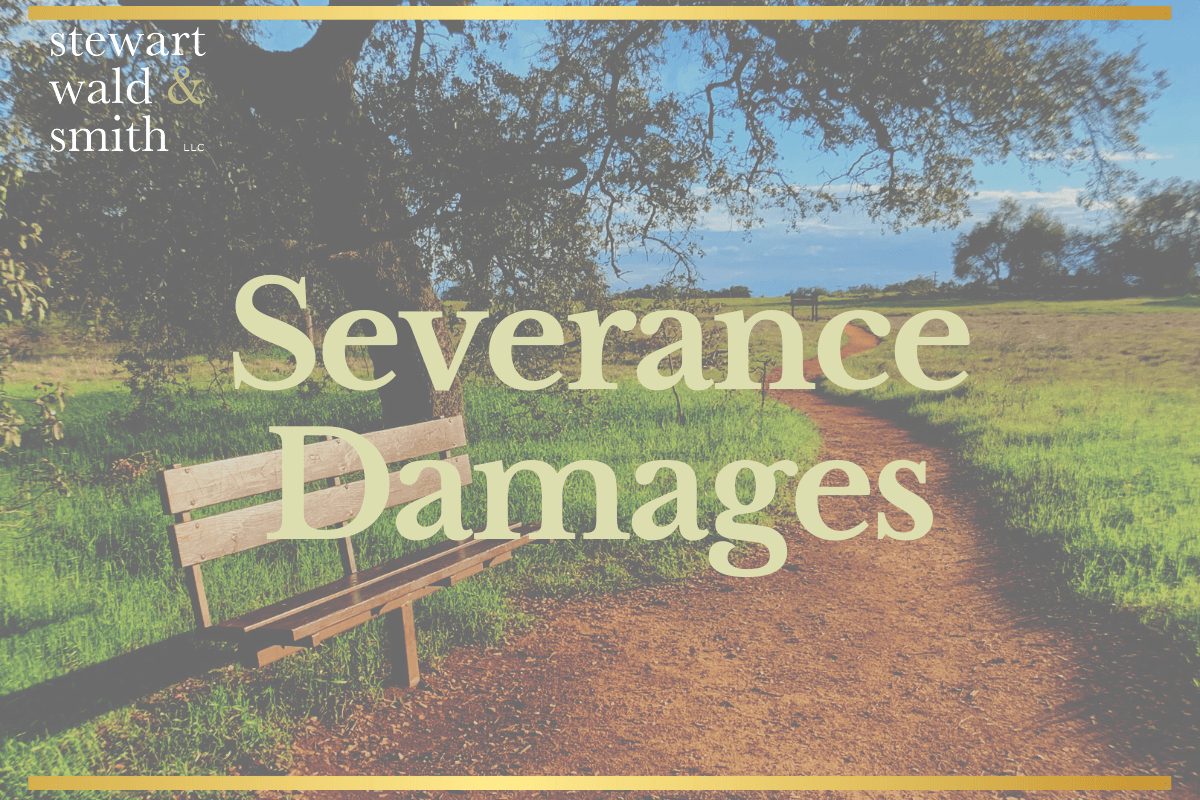
The Impact on Your Property as a Result of the Government Rails-to-Trails Project
Even though recreational trails are often considered amenities to the community, they come with costs. When those costs fall on adjacent landowners, the government should compensate them for their loss. That loss is not limited to the loss of the land. It may also include the loss associated with the severance of the right of way land from the remaining parcel.
When the Trails Act blocks landowners’ reversionary rights in railroad corridors, landowners are entitled to compensation for the value of the land they would have recovered were it not for the government’s action. So, if a landowner would have recovered 5,000 square feet of land, and the land is worth $5.00 per square foot, then the value of the land taken would be $25,000. The landowner is also entitled to whatever damage her property sustains as a result of the government’s project. These damages are called severance damages, or damages to the remainder.
Property values can decrease if there is evidence that being adjacent to a recreational trail is a disamenity. In other words, the community as a whole might love the idea of a trail, but having the trail in one’s backyard is a different story, and that causes damage. There are plenty of nuisances that come with a property being right next to a trail and the associated increase in foot traffic, including privacy concerns, loitering, and increased chance of trespass and theft. Those are all compensable damages in a Trails Act case, and you can find a more thorough discussion on this topic here: The Impact of Trails Along Your Property.
But there are also negative impacts thanks to the trail’s location. Were it not for the government’s action, the land in the corridor would revert to the adjacent landowner. Of course, that additional land would provide additional value, but there are other benefits to added land that can cause increase a property’s overall value beyond the land’s square footage value, and severance damages account for that.
For example, a farm with a railroad right of way splitting the property would have a single, contiguous parcel of land were it not for the trail’s presence. The impact on the farm’s value is obvious – a contiguous tract of land is more easily farmed than one split in half. Because the contiguous tract would be more appealing in the marketplace, a landowner is entitled to recover that lost market value.
Possession and control of the railroad right of way land could also result in a parcel having increased road access. Access is an important component of value to commercial properties. Similarly, the land could offer the possibility of increased parking, an obvious benefit for commercial land.
There is also the value of increased developability of the entire site. Additional land could allow for greater developmental density. This means that more units can be built, a larger structure can now be constructed on the site, or the land results in more flexibility in development.
The potential advantages for having possession of the railroad corridor go on and on. As a result, the potential for severance damages is always there. This does not mean that severance damages are present and recoverable in every case, but it is something that should be considered.

